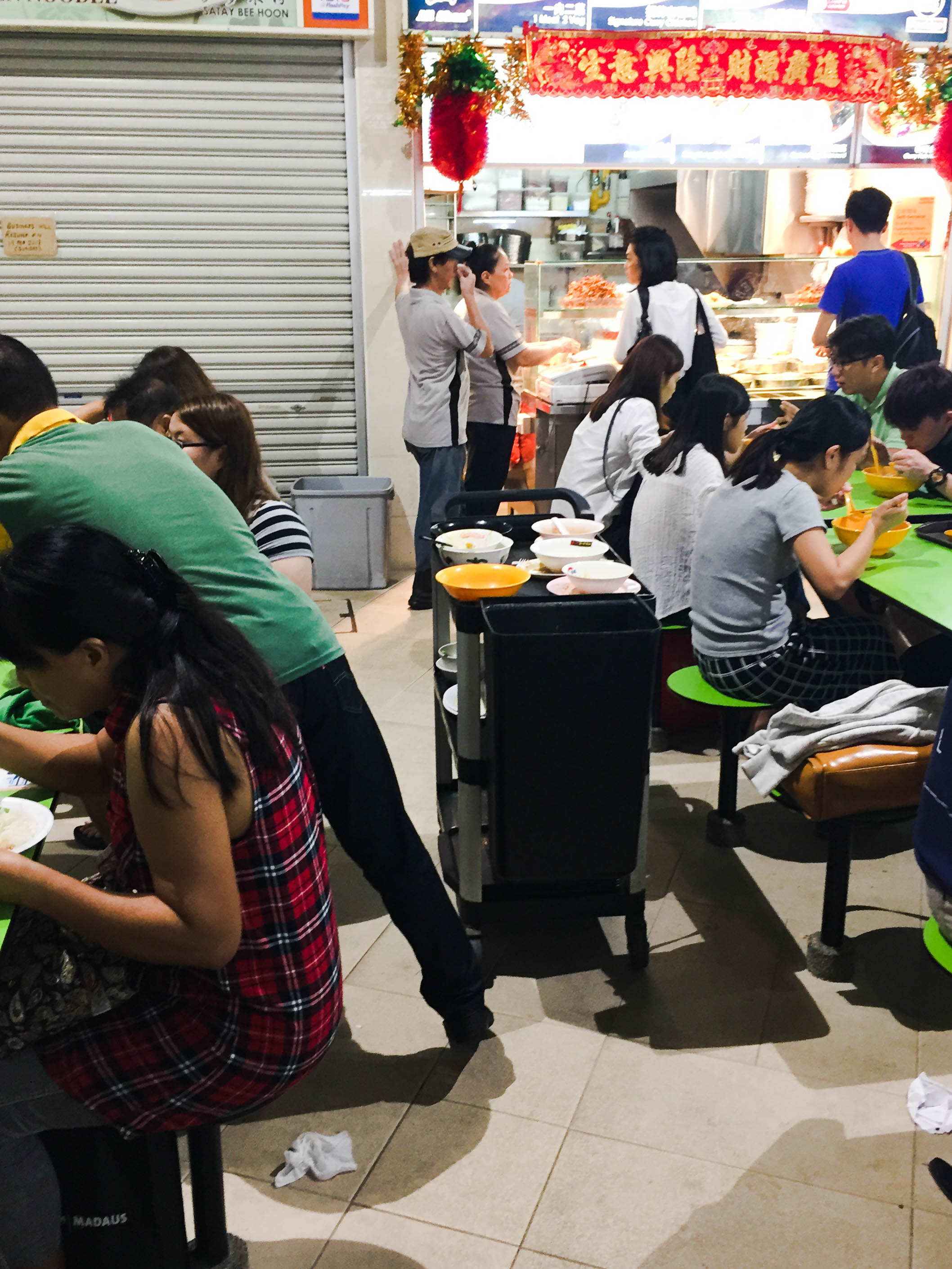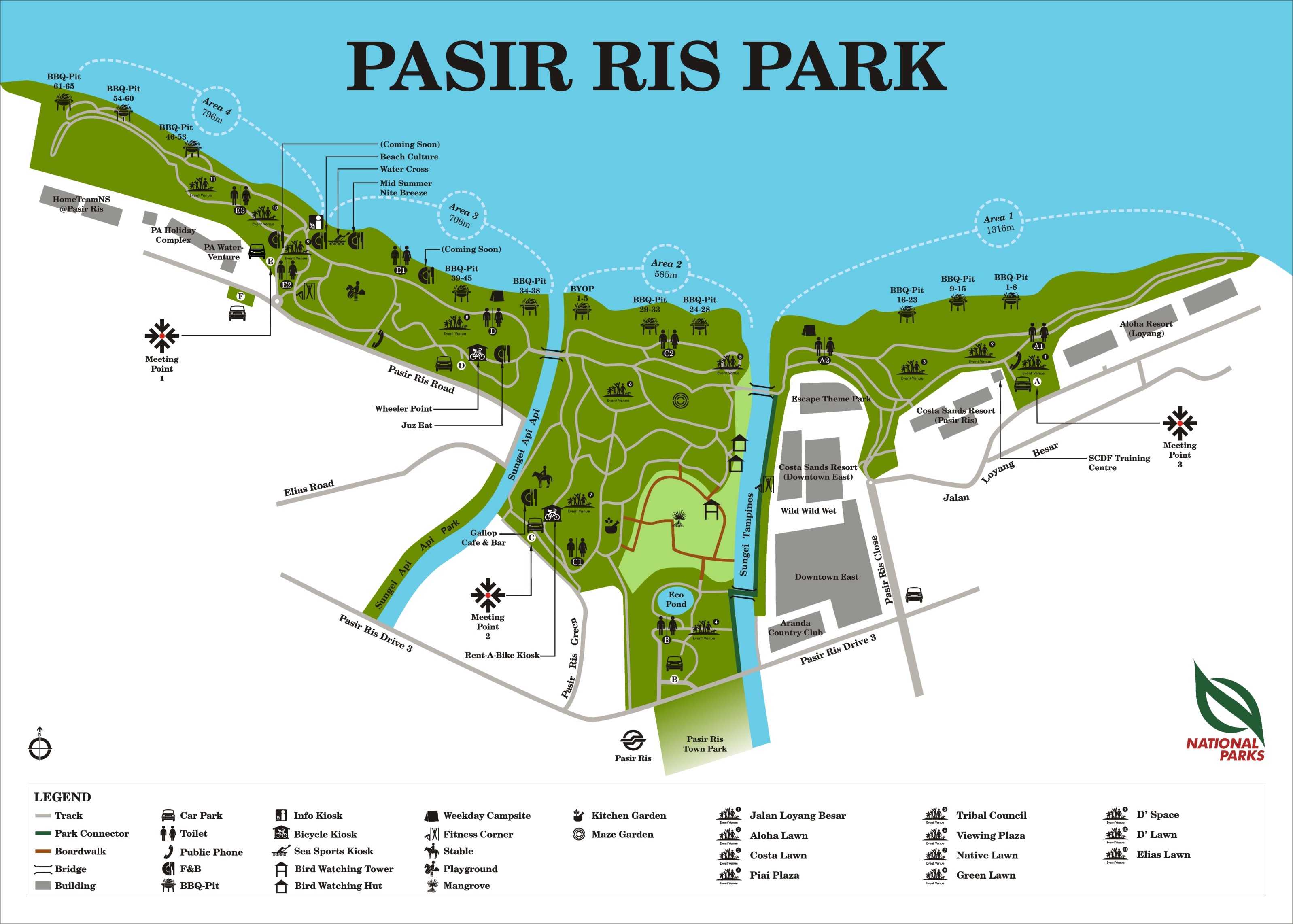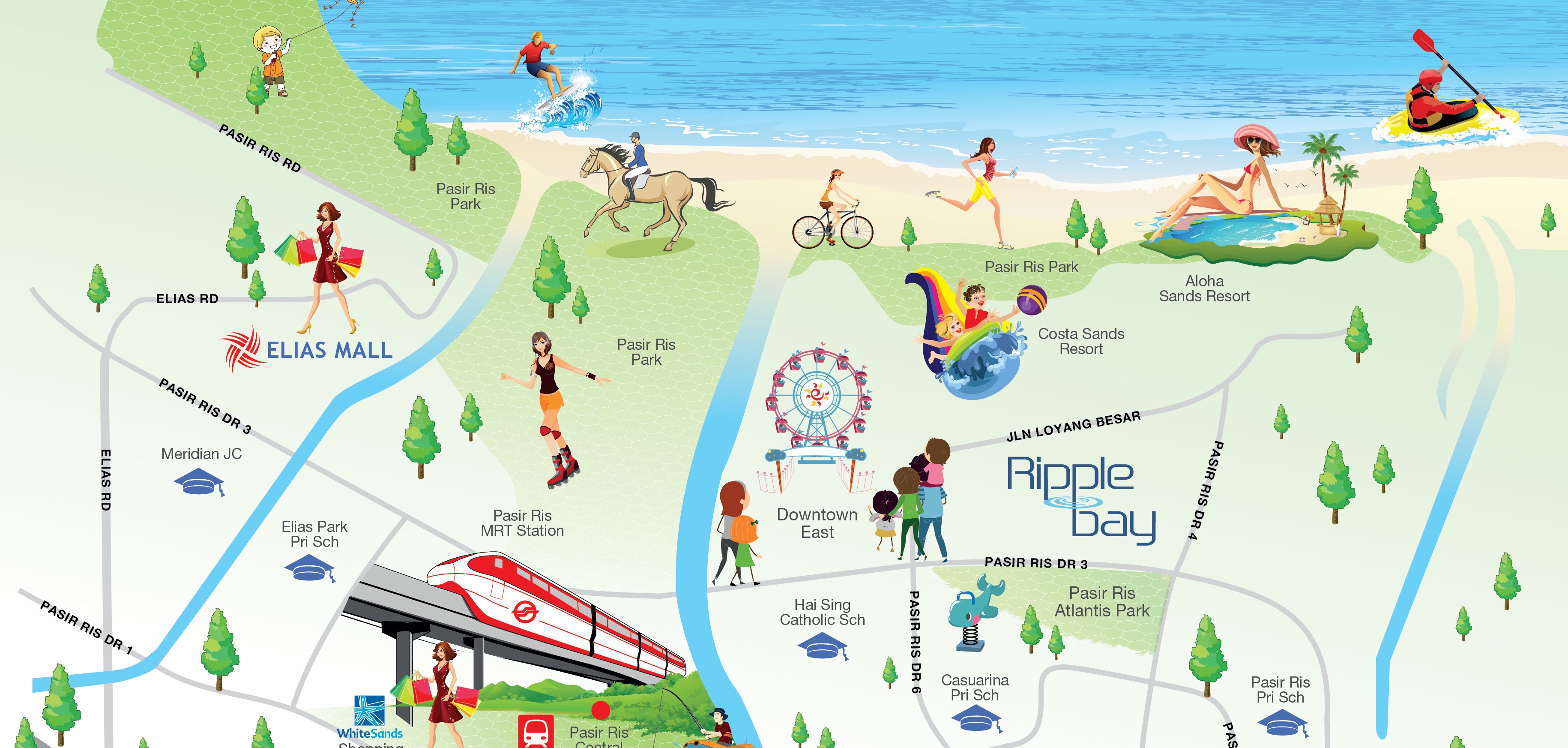“Advances in digital technology have opened up new possibilities to enhance the way we live, work, play, and interact.”
First, they mocked us for being small. So we pushed ourselves to work, and we worked hard. We got a bunch of smart people to do smart work in the economy, they made some smart decisions, and BOOM you got yourselves a fast growing business hub. Then they said, y’all are boring, there’s nothing to do here. Okay, we started building fun places like parks and themed parks with kinda fun rides, sprinkled resorts and malls here there, all for you to play with. Then its “you’ve got no culture, little history, and no heart for any of it either”. Fine. We channeled more money into the arts and we made Singapore Arts Museum, National Gallery and other places happen, we called it “Renaissance City Plan” – and the history part, we are working on it, but you literally have to give us time.
Rant over.
After 50 odd years, you have a relatively stable country, small in size but big in ambitions, however, constantly mocked by outsiders and our own people for our efforts at it. But this time, Singapore’s got a new fancy name for a new fancy project, and we’re gonna make it work.
Through the catchy slogan of “Connect, Collect and Comprehend”, for what I have understood, the plan aims to study the way people behave and go about reacting to certain situations, and then use this data to create public initiatives that blend seamless into everyday life to help improve it. With the help of technology and, of course, multiple trial and error kinds of situation. The focus are in five domains, namely: Transport, Home, Health, Business and the Public Sector.
In my opinion, it is time to look inwards and see what the people really want. Currently, there is definitely a focus on the ageing population, which makes a good start, and followed by perhaps developing a more green friendly nation. These do not have to immediately create new and never-seen-before initiatives, it could just be ones adapted from success stories around the world.
On a side note: something I’ve been noticing is how a lot of these plans kind of backfire and then get scared into hiding in shame at the corner of some government building. Our people get really critical and a bit shitty when it comes to new initiatives being rolled out. Yea it doesn’t work now but not all of us could get riding a bike the first time right? Geez.
“Singapore strives to become a Smart Nation to support better living, stronger communities, and create more opportunities, for all.”
My input to the Smart Nation initiative is by no means new to the world. Cities in China, France, US, and England have seen in works, improving its feasibility, and its time we had it too.
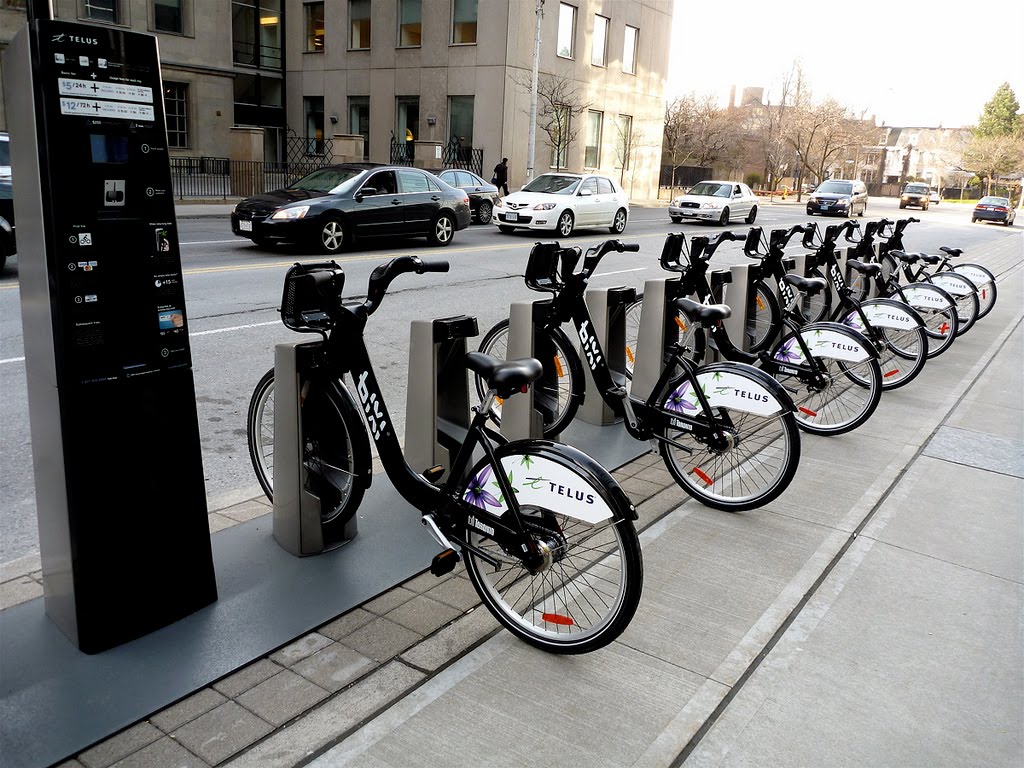
A bicycle sharing system
The bike-sharing systems works with smart-cards, allowing the bicycles to be returned to any station in the system, which facilitates one-way rides to work, education or shopping centres.
Why do we not have it??? I cannot figure out how this isn’t implemented yet. We have literally the cultural and behavioural habits that shows that it will almost guarantee that it will work.
- We love bicycles.
We love them so much, we made it legal for bicycles and people to share lanes in some areas of our land, and in places where we can’t, we paved bicycle lanes just for them. Many of us have the habit to ride wherever we go, and more than often you have bicycles cramping up racks. Plus, look at East Coast Park on a weekend, wheels > feet. And the bike renting kiosks there charge a whooping $10/hr. WE STILL RENT THE CRAPPY BICYCLES. If we can had an alternative to taking the bus and a more convenient access to bicycles, no doubt we would make the jump as well.
- We are small but also not that small
We are around the same size as New York (SG: 719 km² to NY: 789 km²) and they could manage the system and find space for the bicycles, I’m pretty sure we’d do a good job too.
- We are so law abiding, it is a joke to others
Yes, I get it. NO CHEWING GUM? HAHAHA. Anyway, if we can abide to that, I’m pretty sure we can rent and return a bike by ourselves. We’ll be angels on wheels.
Lets revamp the stations too. The design is inspired by the car lifts in some really swanky condominiums where rich people can have their expensive sports car tucked away safely in their homes.
(Image)
Furthermore, I propose pairing the system with an app (because everyone loves apps), except that this one is going to stay on your phone because it is going to be right next to your bus timing app.
The app will work similarly to bus apps, they will have
- A map with all the available bicycle sharing stations
- Available bicycle and available empty rack count at each of the stations
- Distance to the next station + GPS guiding
Ideally, this can also be paired with Google Maps, or Apple Maps.











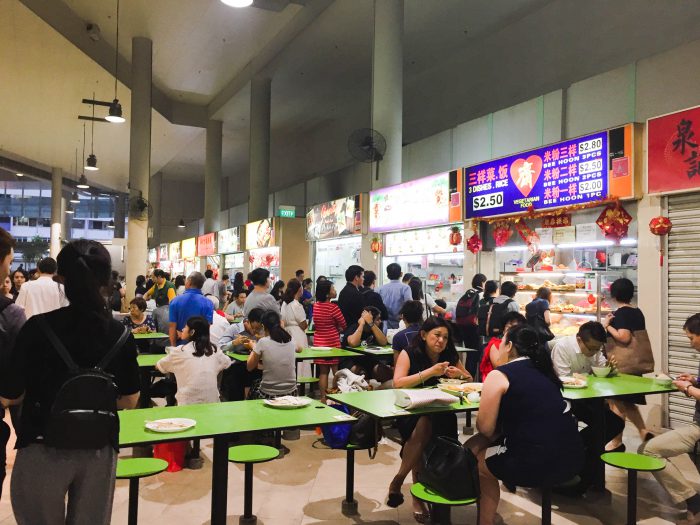
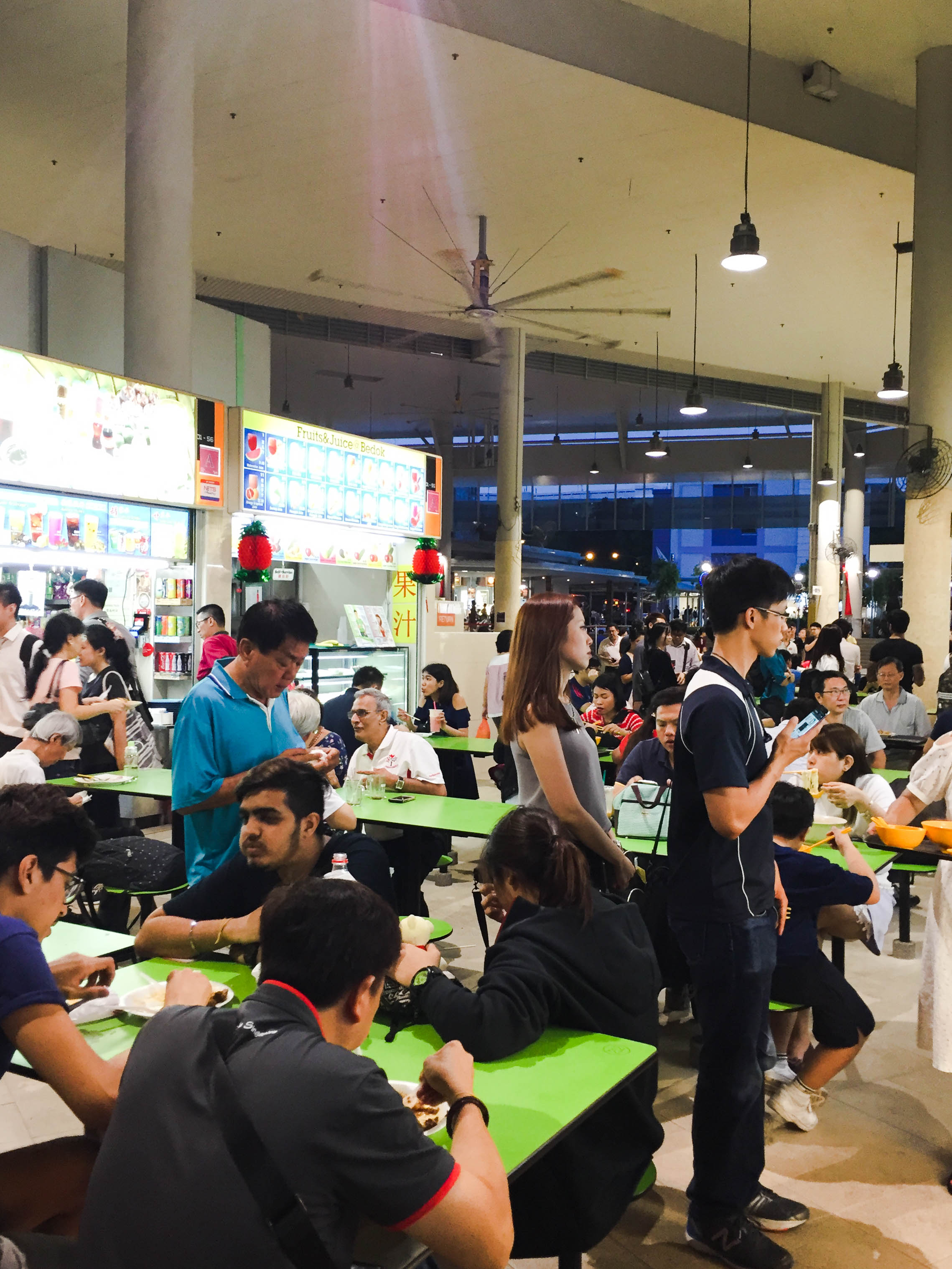 Moving on.
Moving on.

